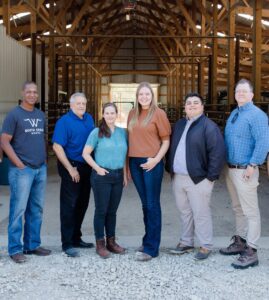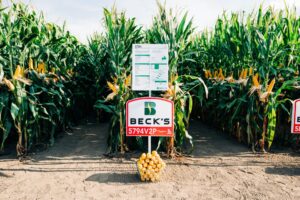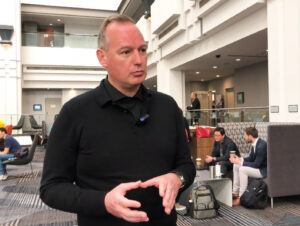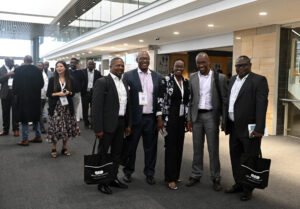
What makes a good agtech investment? ‘Clear ROI at the farm level,’ says Fulcrum Global Capital
“Fulcrum maybe isn’t the most trendy investor, but we care a lot about what has real impact on the farm.”

“Fulcrum maybe isn’t the most trendy investor, but we care a lot about what has real impact on the farm.”

The industry is moving in the right direction, said various growers, startups, agribusinesses and investors polled by AgFunderNews.

Barcelona-based Heura made its name selling alt meat but has since developed novel texturizing technology that can be applied to everything from cheese to pasta.

“Put it this way,” says Kevin Helash. “If you’re trying to fund an eight-year regulatory process with investors who have a window of five years, there’s a disconnect there.”

Antwerp-based FlyBlast has a stable black soldier fly breeding line that expresses human insulin “at very high yields,” claims CEO Johan Jacobs.

“For me, supply is the absolute constraint in this [mycoprotein] market right now,” says ENOUGH CEO Jim Laird.

Events like Groundswell UK are key to understanding agricultural practices and forging relationships with pioneering regenerative farmers.

The grower trial network will conduct extensive global field trials of promising biologicals on grower farms.

Challenges for the biologicals sector right now include dispelling a number of myths still prevalent in the industry.

In the race to digitize agriculture we must remember to keep growers and producers at the center of operations and innovations.

Adapting to a changing environment while supporting growers is the over-arching theme of this year’s Salinas Biological Summit.

Smarter, not bigger, bioreactors operating a continuous process will unlock the economic viability of precision fermentation for a broader range of bioproducts, claims Pow.bio.

While this is not the optimal time to raise capital, the fact that Enifer’s PEKILO strain has been grown at industrial scale before has de-risked the enterprise for investors, says its CEO.

The race is on to find cheaper and more sustainable feedstocks to fuel the bioeconomy, says Hyfe cofounder and CEO Michelle Ruiz.

From setting investor expectations to communicating the realities of R&D, here’s what biomaterials startups should be considering.

Scaling and commercializing products from a completely new crop takes time and patient capital, says Terviva cofounder and CEO Naveen Sikka.

If the marketing of whey from fermentation is too narrowly focused on the ‘animal-free’ aspect, it potentially limits the market, says Netherlands-based startup Vivici.

Are GLP-1 drugs “an existential threat to the processed food industry,” as one academic recently told the New York Times, or are they creating new opportunities for companies to create new products or reposition existing ones?

AAII participants said collaboration can positively impact everything from policy to infrastructure gaps to supply chain issues.

The Middle East, Africa and South Asia have many ties between them that create a huge market opportunity for agrifoodtech.

Sponsored
Sponsored post: The innovator’s dilemma: why agbioscience innovation must focus on the farmer first